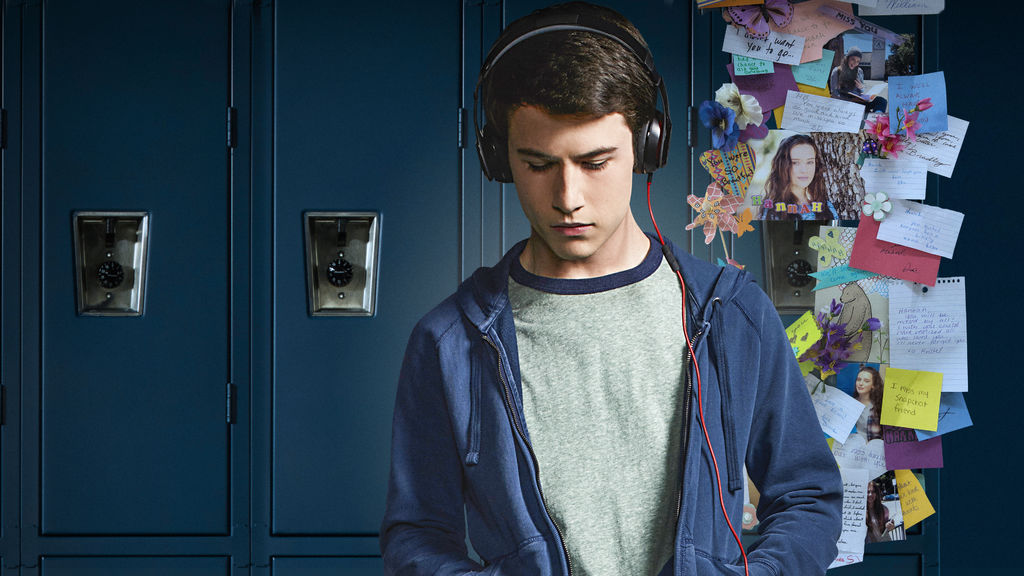The Netflix show has divided opinion with its portrayal of mental health. Eve explains why the show is an inaccurate representation, and why it could be damaging for some of its viewers:
I have many issues with the new Netflix series 13 Reasons Why. In fact I have many more than thirteen issues with the ultra-popular heart-wrenching series, but for the sake of this article and my sanity, I’ve narrowed it down.
I remember first reading this book, aged around fourteen, and being disappointed with how it portrayed mental health – specifically mental health in young people. Now, at age eighteen, I am even more disappointed in how the television series has depicted mental health and wellbeing. The series sensationalises mental illnesses. It does not show – although it desperately tries through the extremely graphic scenes of self-harm and suicide – the realities of having a mental illness and being a victim of bullying. Hannah Baker is a beautiful girl who dies in a clean white bathtub, with perfectly done makeup and hair and even perfectly evenly cut arms. Hannah Baker does not portray, not in the slightest, the realities of experiencing suicidal thoughts or any mental health illness. Nor do any of the characters in this series.
Although it is clear by the end of the series that Hannah is suffering from a mental illness which is worsened by the bullying she is experiencing, not once does the show mention any specific illness by name. It is blatantly obvious that multiple characters in the programme are suffering with mental health problems; but it’s not spoken about. Whether it was a deliberate choice to leave what was going on in Hannah’s head to the viewer’s imagination or not, it furthers – intentionally or unintentionally – the idea that speaking openly about your mental illness is taboo. Mental illnesses should be discussed openly as this is the only way we will learn more about people’s struggles and how to help others who are suffering.
Even having Hannah’s narrative voice throughout the whole series is dangerous. It makes it seem like she is still alive, and the constant jumping from past to present prevents the viewers from feeling her absence. It is, in a sense, as though she never died. The use of this narrative jars any realistic portrayal of death or the aftermath of a suicide. It allows people to romanticise the idea of suicide – it doesn’t really mean the end of a life but is more of a resolution for problems being faced in life. A member of the national youth mental health foundation, Headspace, commented that “sadly when you die, you die, and a lot of young people don’t fully understand the finality of death. [The show] gives this very real sense of getting resolution for their issues, which doesn’t happen obviously.”
Mental illnesses are on the rise, particularly in teenagers. Young Minds say that one in four children and young people show signs of having a mental health problem, and I believe that this show irresponsibly portrays the illnesses as one of two extremes: something that can be really easily fixed by love or something that can never be fixed. The reality is that people suffering from mental illnesses and people in recovery are strong, and getting over them is not easy, but it is possible. That is the message that we should be working to spread, not that you have to wait for your Clay to come along and save you, not that counsellors are the enemy – as Hannah clearly sees with Mr Porter– and not that mental health problems are a life sentence. I believe, and encourage others to believe, that with the right support and help, mental illnesses are possible to overcome.
Eve Jackson
(Image courtesy of: https://www.netflix.com/gb/title/80117470)

